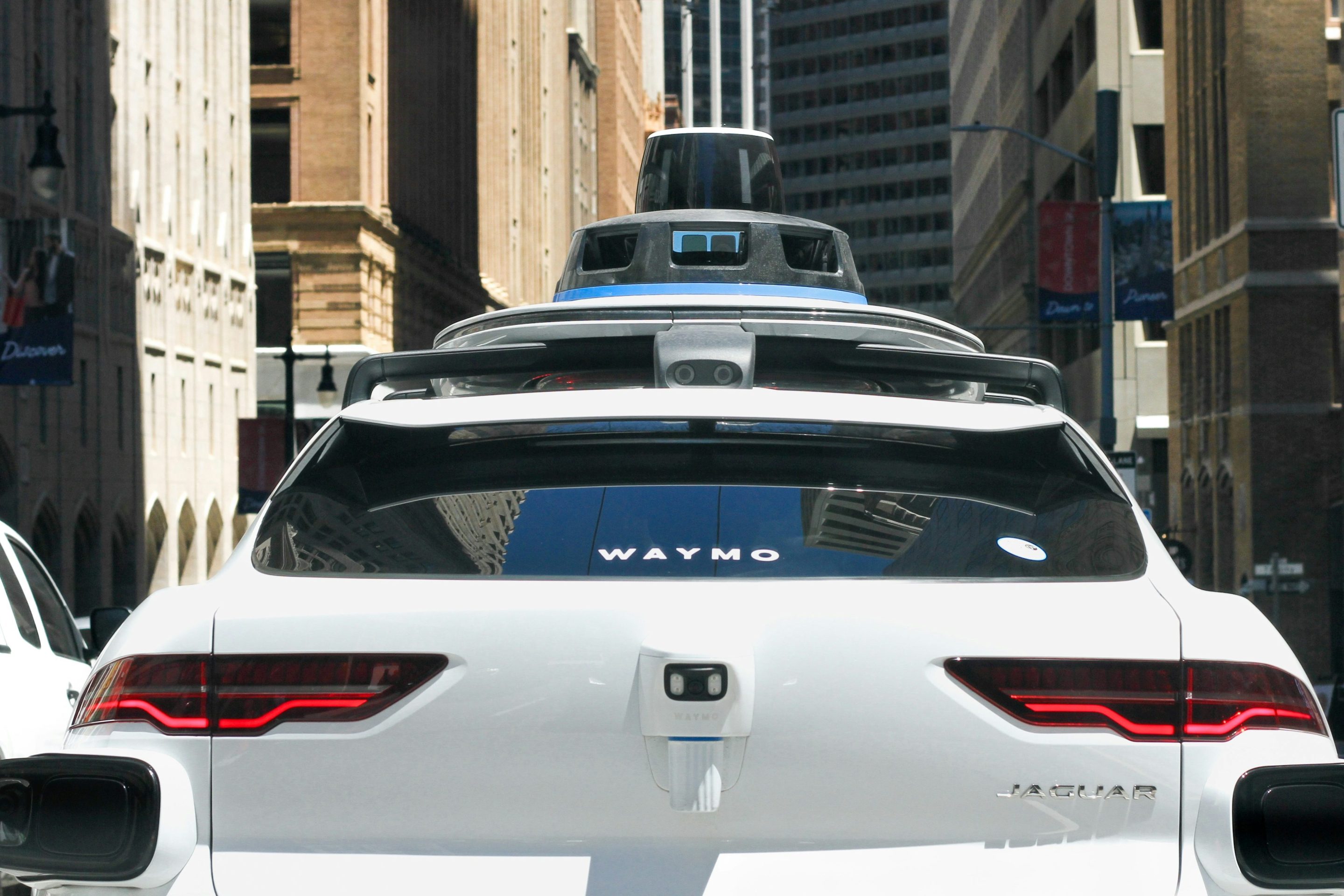 Graph: FHWA [PDF]
Graph: FHWA [PDF]Federal funding for pedestrian and bicycle projects reached a new high last year, according to a report released yesterday by the Federal Highway Administration. In terms of dollars, federal investment in walking and biking more than doubled compared to the previous high, set in 2007, thanks largely to an infusion of $400 million in stimulus funds.
The share of all federal transportation spending devoted to bike-ped projects also rose to an unprecedented level -- all of two percent. Advocates for walking and biking applauded the trend while pointing out the potential for much greater federal commitment to active transportation.
"It continues to be an improvement, and it continues to be a tiny
fraction of the money that's available to potentially be spent on
biking and walking," said Andy Clarke of the League of American
Bicyclists.
Subtracting the $400 million one-shot in stimulus funding, Clarke noted, yields a less impressive year-on-year increase. And part of the increase in reported bike-ped spending might also simply reflect better record keeping by state DOTs, as agencies document the construction of sidewalks and bike lanes as part of larger projects, according to Barbara McCann of the National Complete Streets Coalition.
The spending figures come from an update on the state of walking and biking that the feds release every five years. The original National Bicycling and Walking Study, released in 1994, set two major targets: to double walk and bike mode-share, from 7.9 percent of all trips to 15.8 percent; and to reduce pedestrian and cyclist fatalities by 10 percent.
Today, walking and biking account for 11.9 percent of all trips in the country, according to data from the National Household Travel Survey cited in the FHWA report. The safety target, meanwhile, has already been met, with pedestrian deaths down 22 percent and cycling deaths down 13 percent between 1994 and 2008.
In a post on the U.S. DOT Secretary's blog, Ray LaHood implied that the targets have to get more ambitious:
But, we are still talking about 4,378 pedestrians and 716 bicyclistskilled in 2008. No matter how we look at the data, that is just toomany.
One way to strengthen national goals for walking and biking, Clarke suggested, is to make them less open-ended and attach specific timeframes for achieving them. "That performance metric is essential," he said, noting that the original 1994 targets were weakened by the lack of a deadline. "One could argue that we could have achieved [the mode-share target] years ago. We would say, let's recalibrate, so that by 2020 we need to reach 20 percent mode share for bike-walk."
The progress cited in today's report, said Clarke, highlights the need for a robust federal commitment to walking and biking in the next federal transportation bill. "States wouldn't have done this if left to their own devices," he said. "Without the federal leadership, without the funding and targets, we would not have seen movement voluntarily. We need that continued federal leadership in the next transportation bill moving forward. The states have not embraced it sufficiently for it to be left to chance."





